Estimated reading time: 7 minutes
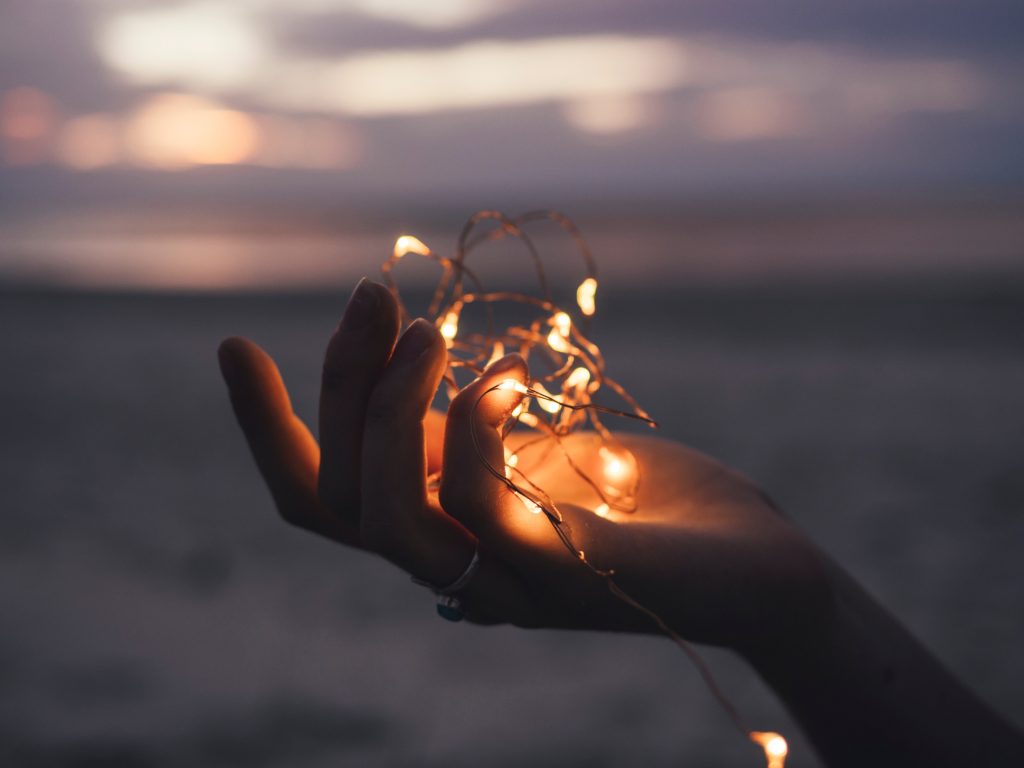
Anxiety is a widespread problem in modern society. In the US, it’s the most common mental health issue, affecting about 40 million people. In 2020 alone, the prevalence of depression and anxiety increased by a whopping 25%.
We all need a space for relaxation where we can decompress, and most of us look to our private home spaces to be that place. When we can genuinely relax where we feel most comfortable, we can take time to recharge and return to the outside world re-energized.
A home’s lighting can play a crucial role in its dweller’s anxiety, whether it’s heightening your anxiety or relieving it. Being purposeful about and conscious of your lighting choices can be an easy way to help your mental health at home. Why not take the opportunity to turn your home into a haven for your mind using simple lighting techniques?
Table of contents

How does light affect emotional health?
It’s not just light that affects us, but the absence of light too. A lack of light exposure disrupts our circadian rhythm. This natural process controls your daily sleep, wakefulness schedule, and your body’s internal clock. When this rhythm is disrupted, we may feel lowered energy levels and increased anxiety, stress, and irritability.
Oppositely, exposure to light improves communication between the brain regions responsible for processing emotions like anxiety and stress. Light exposure also activates brain regions that promote cognitive performance, memory formation, and mood regulation.
Fact: Exposure to natural light early in the day helps reinforce the strongest circadian cue.
How can I use lighting to take care of my mental health at home?
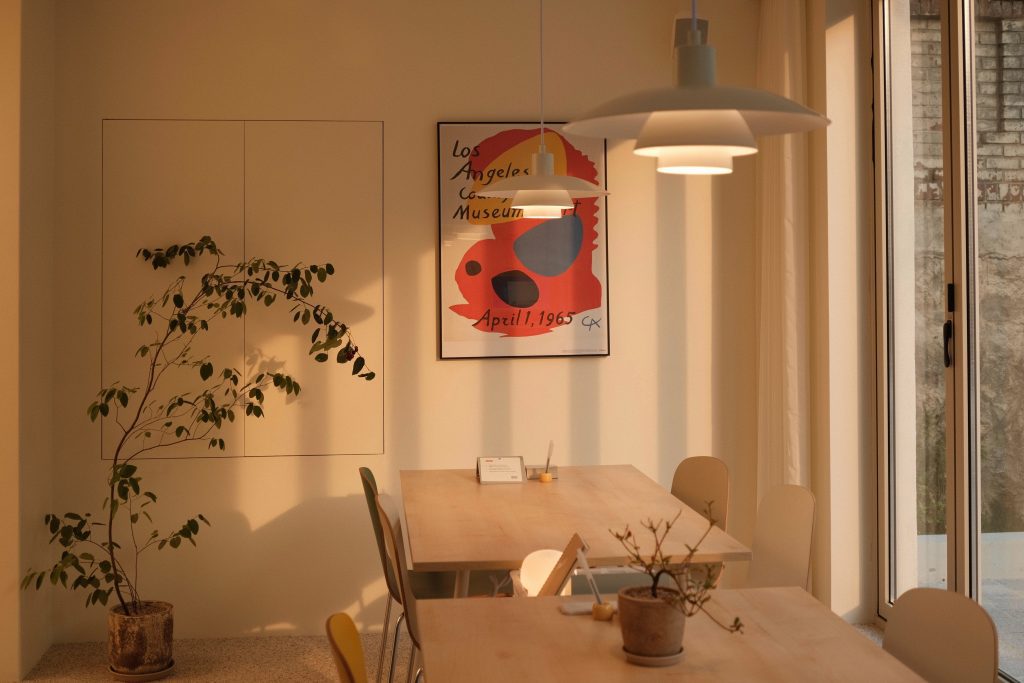
Understanding the impact light has on your space makes it easier to pick lighting fixtures and effects that create the right feel for your home – and your mind. Here are some critical light elements worth attending to when creating ambiance in your space.
Color Temperature
Color temperature, measured in Kelvin (K), describes the coolness or warmth of a light source. As you’ve probably seen, the color temperature of a light bulb can create a cooler or warmer feel in a room.
Conventionally, blue-green colors are considered cool, while red-yellow is considered warm. From 2000K to 3000K, “warm white” light is produced. It appears orange to yellow-white and emits a cozy and inviting ambiance.
Color temperatures ranging from 3100K to 4500K produce cool white light with a bright yet welcoming ambiance. Those above 4500K make a more blue-white light, mimicking daylight.
The Kelvin scale:
2000k-3000k: warm whites and yellow glows
3000k-4500k: much like tungsten lights, this has an orange hue
4600k-6500k: bright like direct sunlight and overcast skies
Lux and Lumens
Lux is a measurement of illumination or light level intensity. It refers to the total amount of light falling on a surface. On the other hand, the lumen measures the total amount of light emitted in all directions.
Lux lets you know how bright a surface such as a tabletop, reading table, or kitchen top will appear. Lumen tells you the amount of light a single source emits, helping you to buy the amount of light you find sufficient for a space. The more the lumens, the brighter the light, and the fewer the lumens, the dimmer the light.
How to calculate the lux level of a room
A lux light meter can be a handheld device or an app on your smartphone. Use one to get a high-accuracy measurement of the lux levels in your room for a guide on whether or not to adjust them for your relaxation needs.
Compare with common standards
| Room Type | Space | Norm (LUX) |
|---|---|---|
| Kitchen | Average | 300 |
| Countertop | 750 | |
| Bedroom (adult) | Average | 100-300 |
| Task | 500 | |
| Bedroom (child) | Average | 500 |
| Task | 800 | |
| Bathroom | Average | 300 |
| Makeup | 300-800 | |
| Living Room | General | 300 |
| Task | 500 | |
| Netflix and Сhill | 150 | |
| Dining Room | General | 200 |
| Table | 250 | |
| Home Office | General | 600 |
| Task | 800 | |
| Workshop | General | 800 |
| Task | 1100 |
How do I incorporate lighting into my home’s interior design?
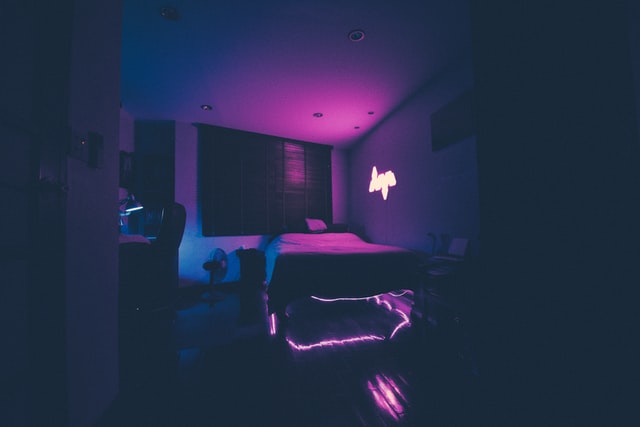
Lighting is both a science and an art. You can use different types of lighting for a range of purposes in a room, just as you would with furniture or décor. Using the proper lighting in a room can help calm your anxiety at home.
Consider using cool or ambient light in areas where you require focus and energy, such as bathrooms and kitchens. Similar to daylight, bright blue-white light or task lighting works well in places where you need to pay attention to detail, like a home office.
Accent lighting is better suited to less functional rooms. You’d use them to highlight certain features or areas of a room, such as art in a living room. Be sure to pay attention to how light works with color too. Your lighting’s temperature and the color in your room can be the difference between feeling lively and optimistic or sluggish and anxious.
Artificial Light
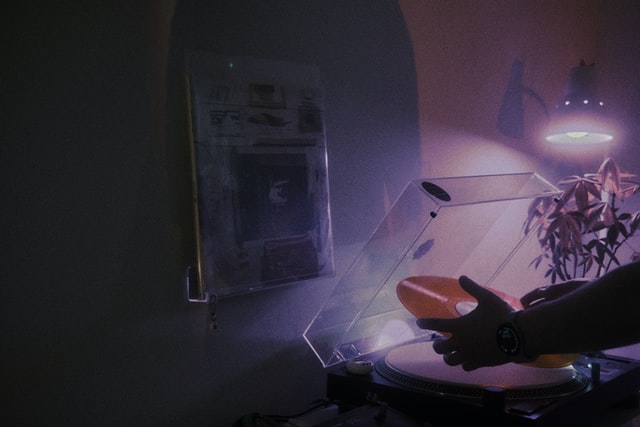
Changing your entire lighting system can be challenging and sometimes near impossible, especially if you live in a rental. But artificial lighting is an easy way to create a “chill area” in your apartment, which can help fight your anxiety.
Consider subtle blue, green and red artificial light features – particularly if you tend to experience anxiety at night. These can come in many simple, easy-to-shop forms, such as night lights, fairy lights, smart bulbs, and neon lights.
Natural Light
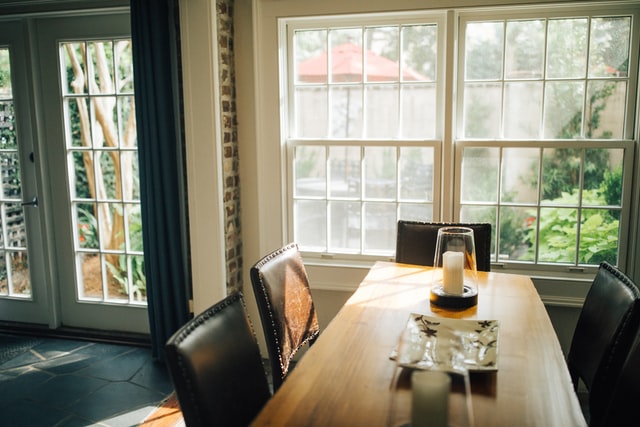
When daylight or natural light shines into your home space, it can increase your comfort levels, relax you and boost your mood. Consider designing the interior of your home so you can take advantage of the natural light that enters it. Arrange some furniture to sit in the sun so you can enjoy direct sunlight from time to time, and invest in glossy surfaces that reflect light and spread it around the room.
You can enhance the natural light in your home with features like windows, skylights, and tabular lights. You can also use more straightforward design ideas, such as painting a room with a lighter color palette, allowing more sunlight to enter your windows by trimming trees or using single-sheer curtains.
Make Your Home Your Safe Space
Mental health should always be prioritized, especially at home, where we spend so much time. Our homes are our sanctuaries, and we should always be aware of which parts of our homes could negatively or positively affect us.
We can use lighting in our homes to create safe spaces to care for our mental health. The lighting in your home can calm your anxiety or relieve it, so be sure to let the lighting around you positively affect your mental health. Whether you want to improve your mood, memory, and productivity or get a good night’s sleep, purposeful home lighting may be the solution.
More Insights on Renting a Place to Live
- AI apartment Hunting Tools and Platforms
- How AI-Powered Apartment Search Tools Work
- Moving To A New City Alone In Your 20s: Your Personal Guide
- Is Buying Better Than Renting?
- What to ask when touring an apartment?
- Safety Tips Every Renter Should Know Before Signing a Lease
- What is a Midterm Rental, and Why Should You Consider It?
- Lease vs Rent: What’s the Difference?
- 9 US Cities Where You Can Live Without a Car
- Where to Find Rooms for Rent in the USA: A Complete Guide